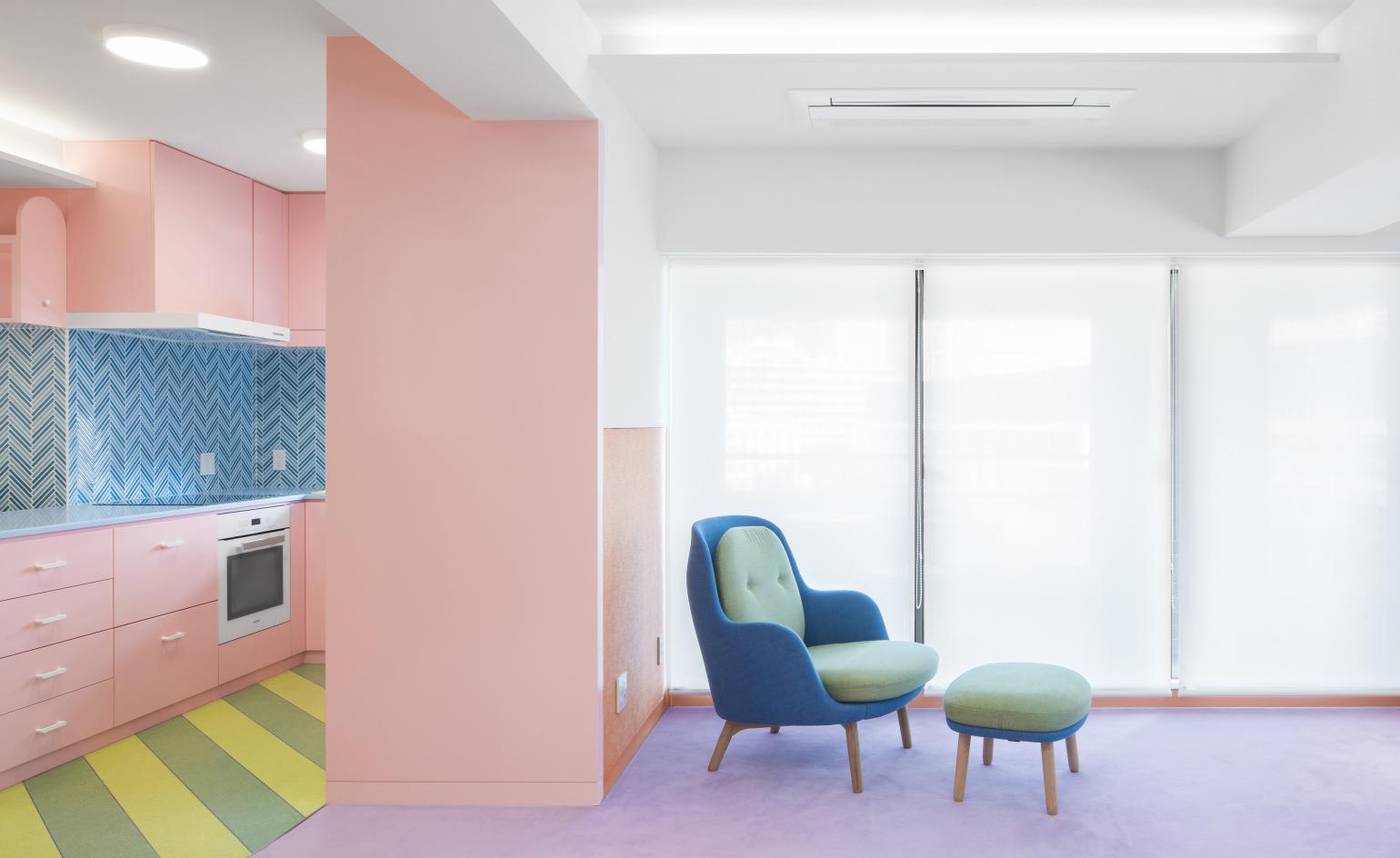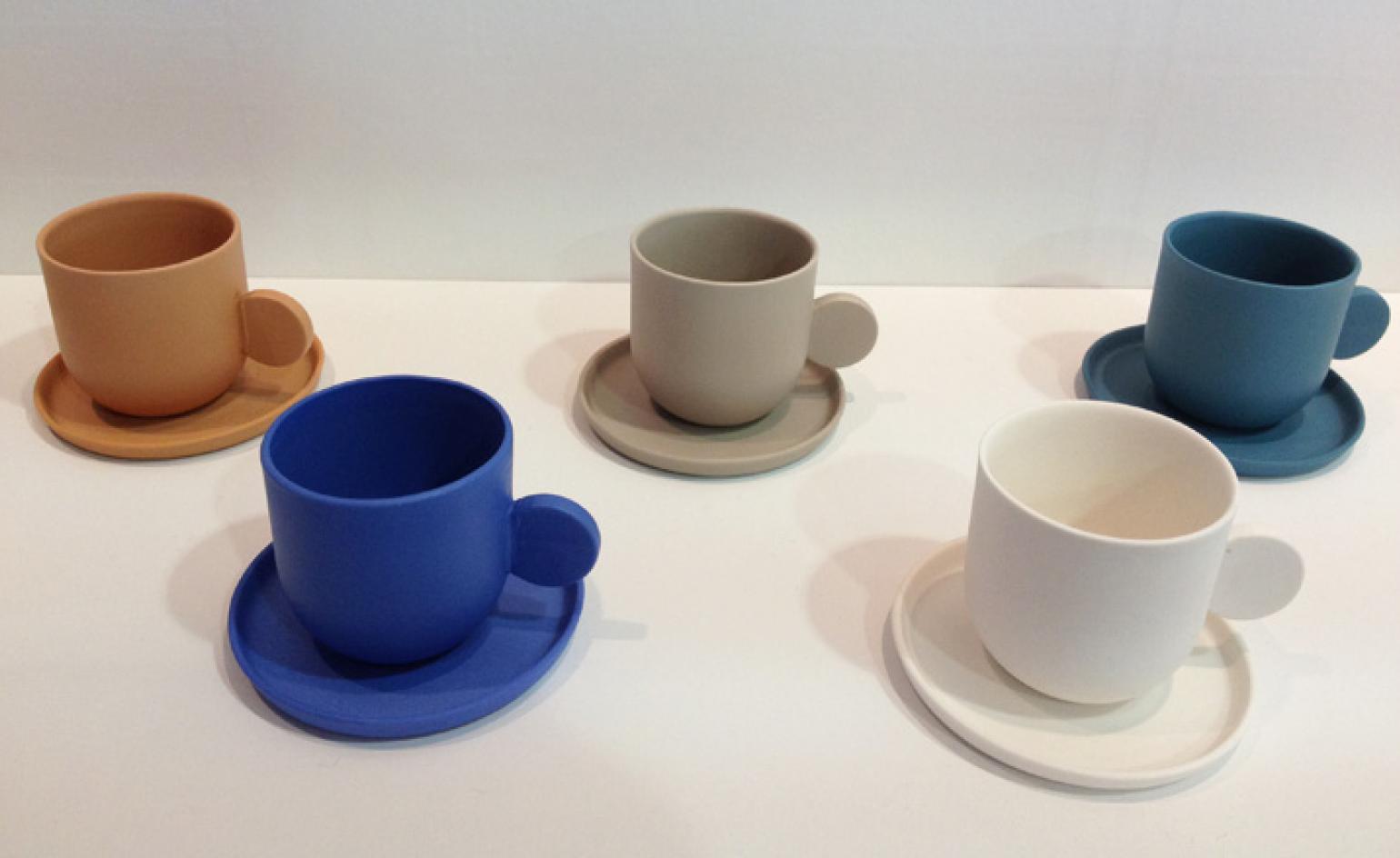Karimoku's Hiroo Residence celebrates tranquillity in central Tokyo
Japanese furniture brand Karimoku’s latest bespoke interior collaboration, Hiroo Residence is a soft-textured Tokyo haven

Karimoku is an arm of the Japanese furniture manufacturer Karimoku Furniture Inc. that is behind an ongoing series of bespoke architectural and interior design experiments, in collaboration with Japanese architect Keiji Ashizawa and Danish design studio Norm Architects. The projects have focused on public spaces and residences, all the while building on a portfolio of furniture designs and reinforcing a distinctive collaborative identity.
Karimoku: Hiroo Residence, Tokyo
In the Hiroo Residence project the Karimoku brand took on a space at a Residence in central Tokyo as its canvas, and worked with Ashizawa to curate a modest and tranquil home.
Set in a parkside complex in Tokyo’s Hiroo district, the project creates a balance between light and wellbeing. The spaces are largely filled with furniture conceived of during previous Karimoku projects, now a 12-strong collection. The pieces include low sofas, armchairs and benches.

The living area
For the Hiroo Residence, Ashizawa and Norm Architects designed the ‘A-LB01’ sideboard and ‘N-DC04’ dining chair, which join the existing collection. Both are broad and sturdy but unimposing, in a light timber finish that adds to the apartment's airy feel. The 200 sq m residence sits overlooking a leafy park; the proximity to nature inspired an organic feel to the design and layout of the space, a haven amid the bustle of central Tokyo.
The Hiroo Residence brings together minimalist, traditional Japanese design with contemporary influences. Pocket sliding doors maximise the space, while simple, wooden wall hangings and woven seating elements create textural appeal. Both natural and electric light is used carefully, ensuring a sense of softness in the space, while a balance of curves and corners makes it feel at once organised and calm.

The living area

The bathroom

The walk-in wardrobe

The living area

The kitchen
Receive our daily digest of inspiration, escapism and design stories from around the world direct to your inbox.
Martha Elliott is the Junior Digital News Editor at Wallpaper*. After graduating from university she worked in arts-based behavioural therapy, then embarked on a career in journalism, joining Wallpaper* at the start of 2022. She reports on art, design and architecture, as well as covering regular news stories across all channels.
-
 Alexander Wessely turns the Nobel Prize ceremony into a live artwork
Alexander Wessely turns the Nobel Prize ceremony into a live artworkFor the first time, the Nobel Prize banquet has been reimagined as a live artwork. Swedish-Greek artist and scenographer Alexander Wessely speaks to Wallpaper* about creating a three-act meditation on light inside Stockholm City Hall
-
 At $31.4 million, this Lalanne hippo just smashed another world auction record at Sotheby’s
At $31.4 million, this Lalanne hippo just smashed another world auction record at Sotheby’sThe jaw-dropping price marked the highest-ever for a work by François-Xavier Lalanne – and for a work of design generally
-
 NYC’s first alcohol-free members’ club is full of spirit
NYC’s first alcohol-free members’ club is full of spiritThe Maze NYC is a design-led social hub in Flatiron, redefining how the city gathers with an alcohol-free, community-driven ethos
-
 Scandinavian design meets Japanese heritage in OEO Studio’s Tokyo apartment
Scandinavian design meets Japanese heritage in OEO Studio’s Tokyo apartmentOEO Studio has collaborated with Japanese property developer ReBita on a luxury new apartment at Tokyo’s Opus Arisugawa Terrace & Residence
-
 Snøhetta designs experimental culinary space in Tokyo
Snøhetta designs experimental culinary space in TokyoSnøhetta co-founder Craig Dykers discusses the architecture of Burnside – a Tokyo event space for art and design outfit En One and the Bronx chef collective Ghetto Gastro
-
 Adam Nathaniel Furman’s colourful vision for a Tokyo apartment
Adam Nathaniel Furman’s colourful vision for a Tokyo apartment -
 Tokyo story: our series of illustrated interiors is blossoming
Tokyo story: our series of illustrated interiors is blossoming -
 Interior Lifestyle Tokyo 2012
Interior Lifestyle Tokyo 2012 -
 Found Muji
Found Muji